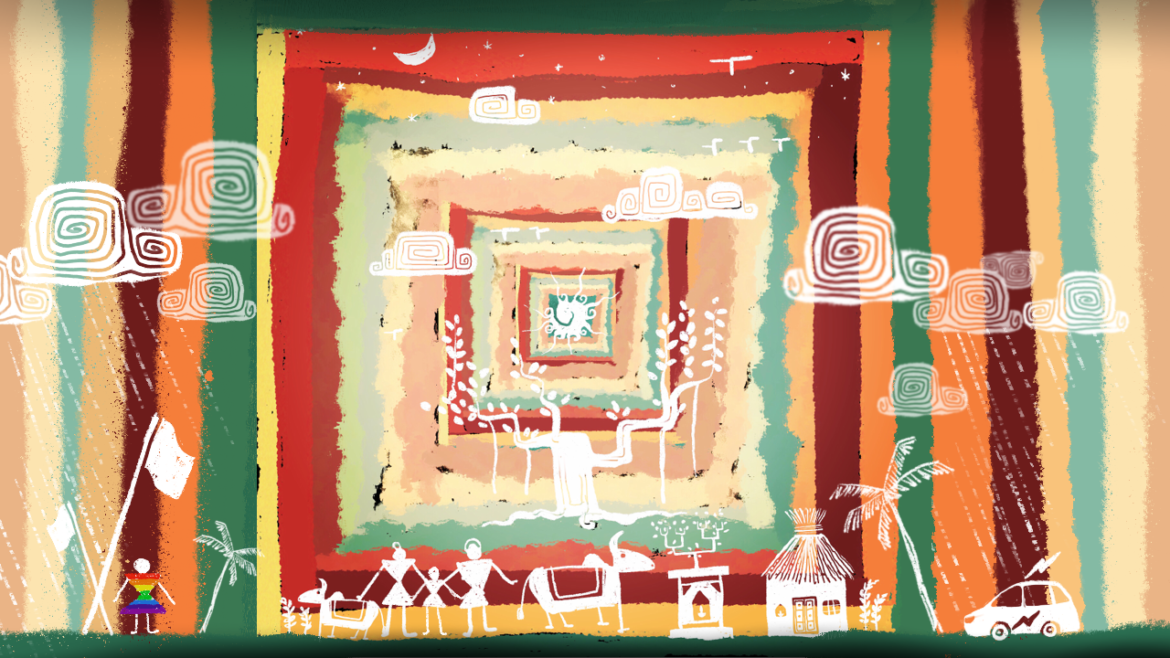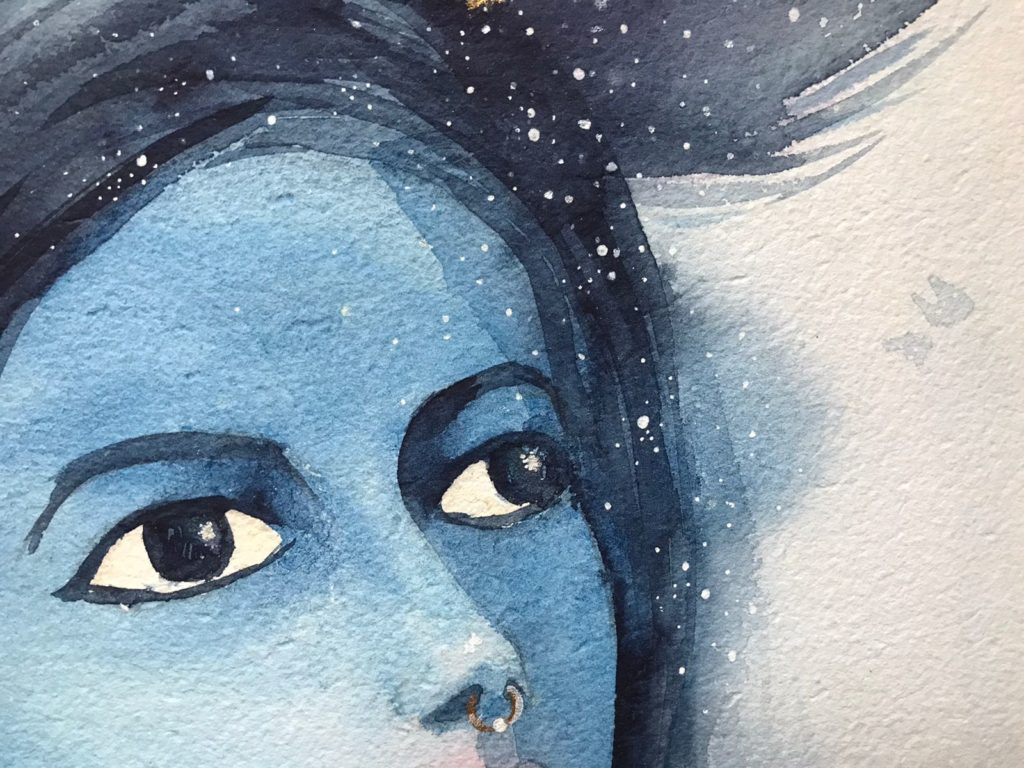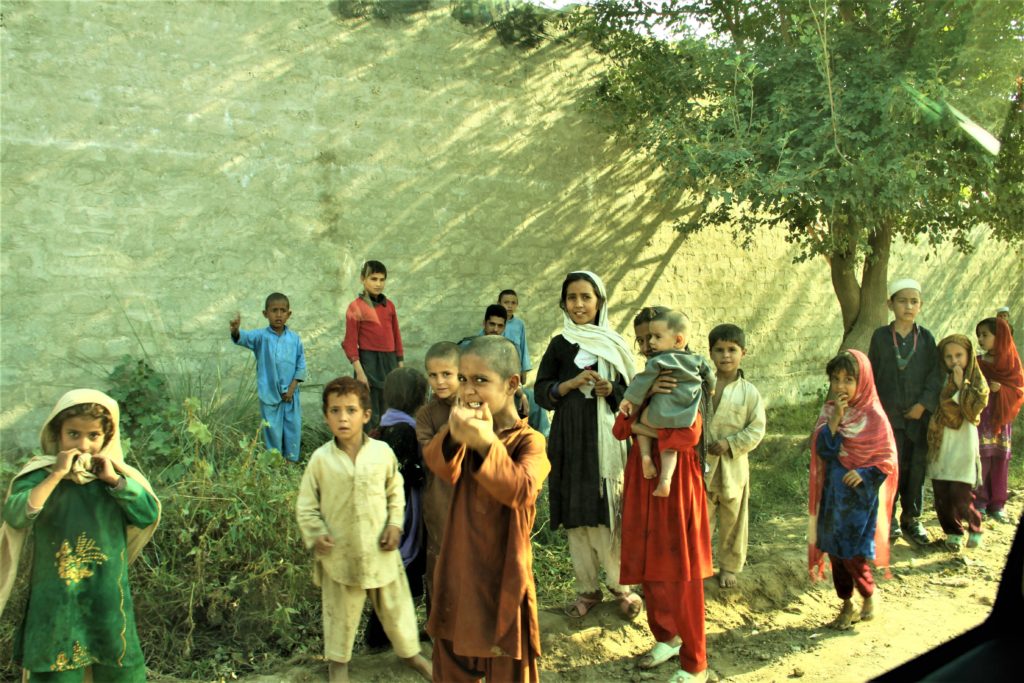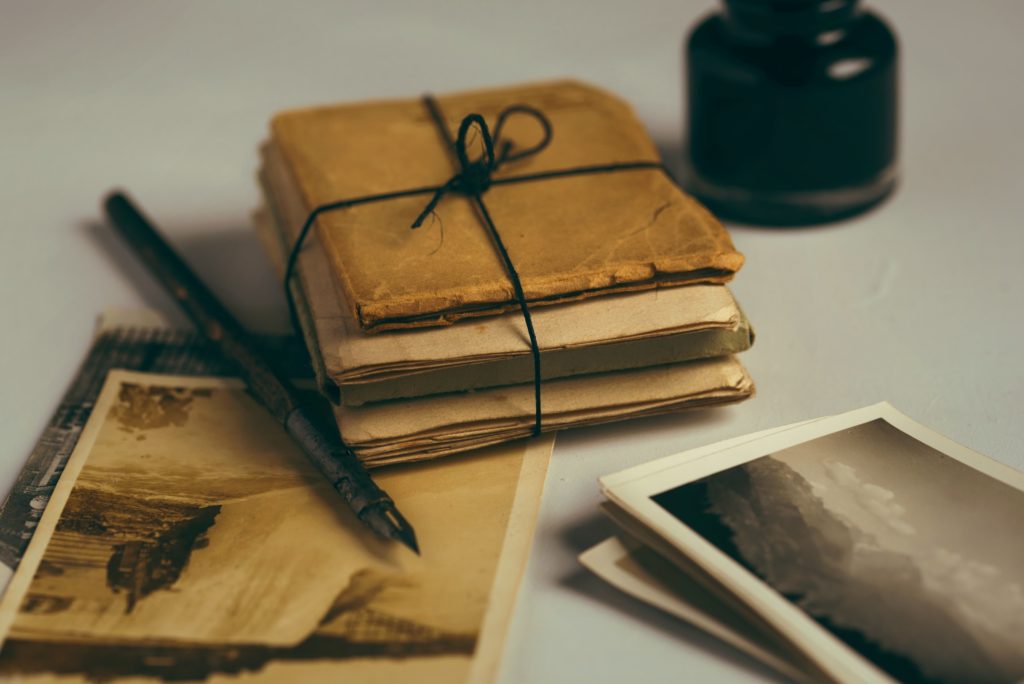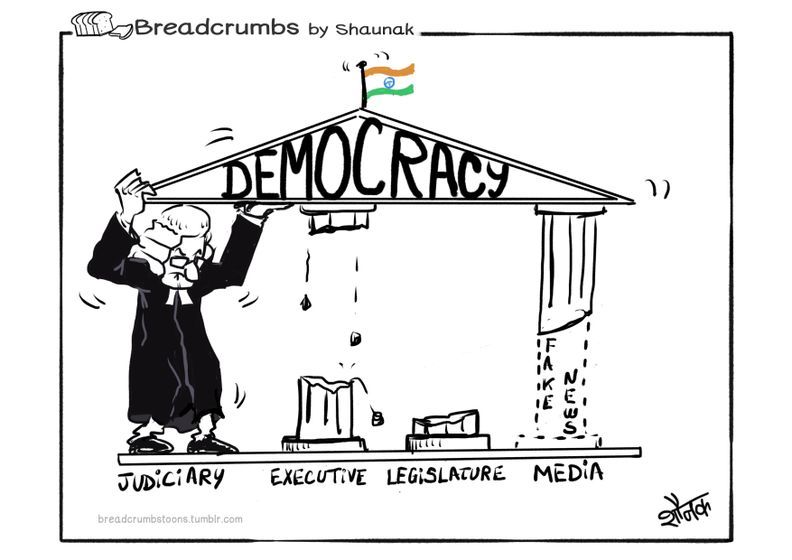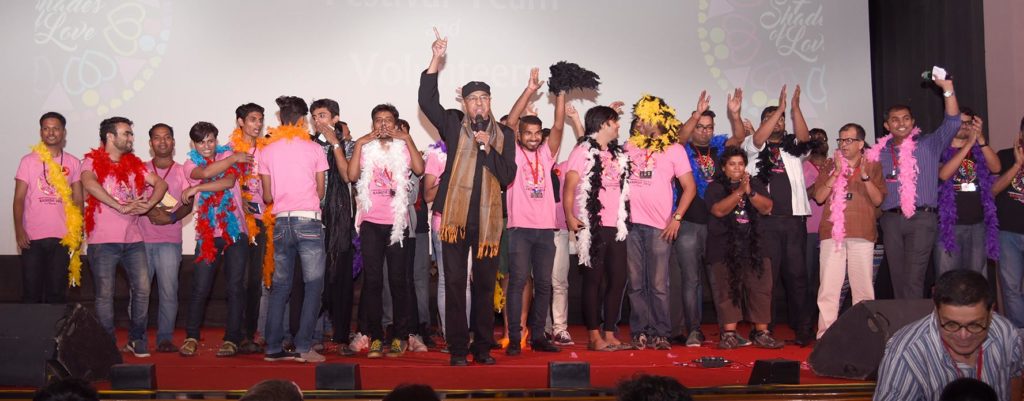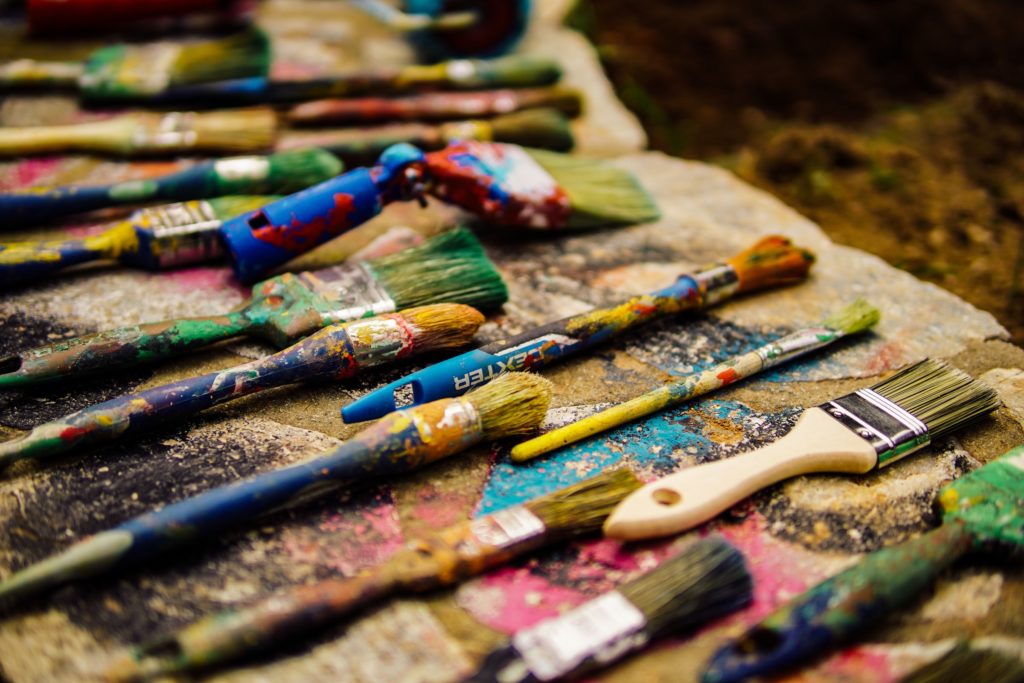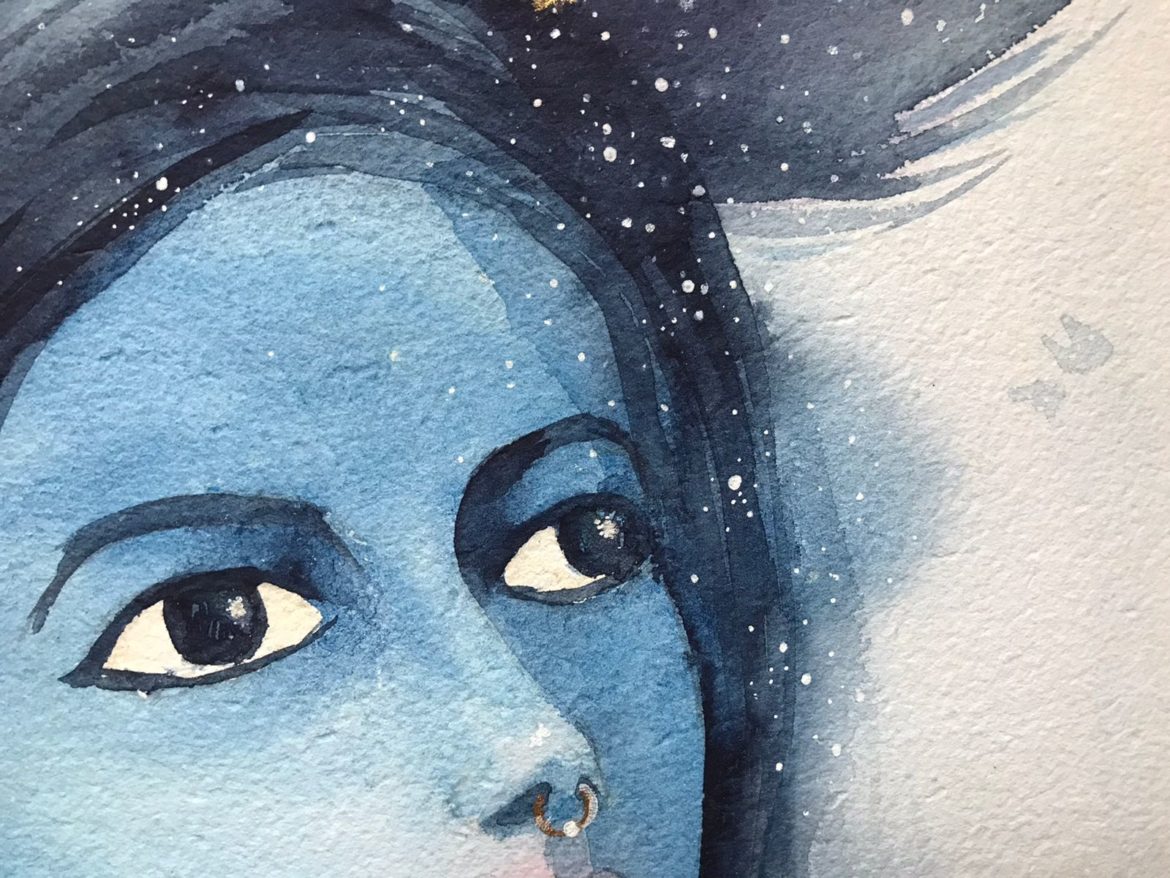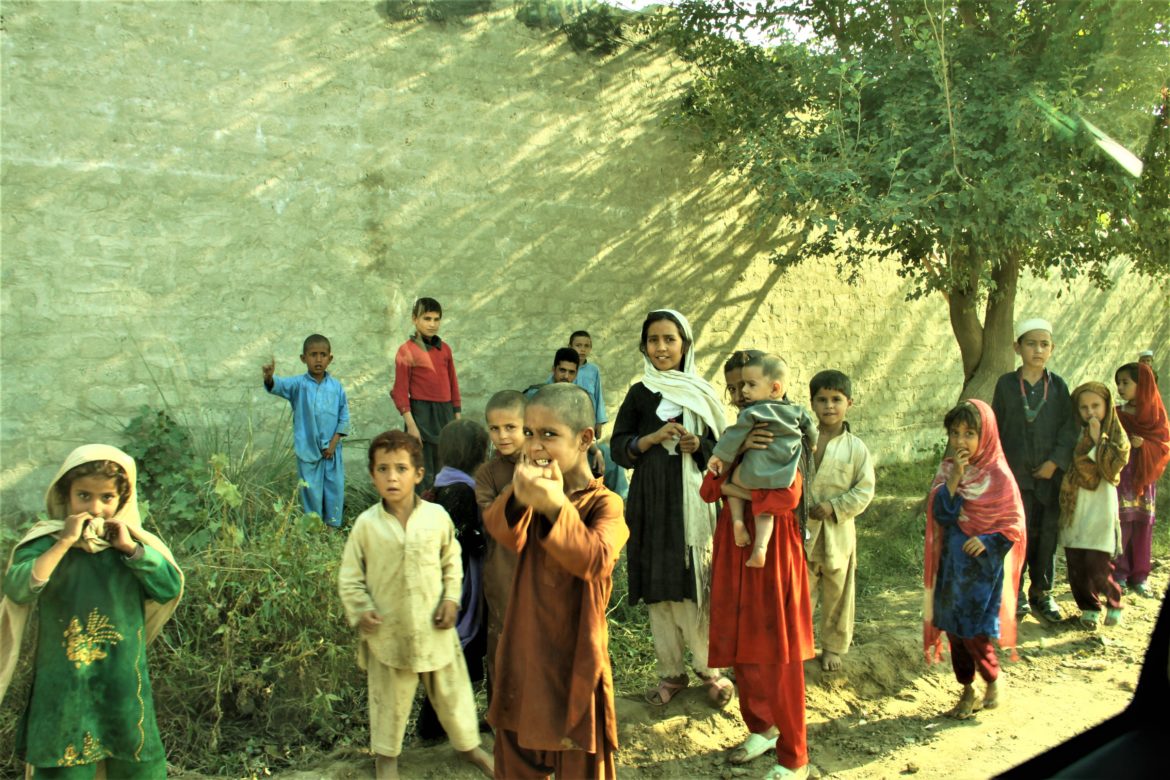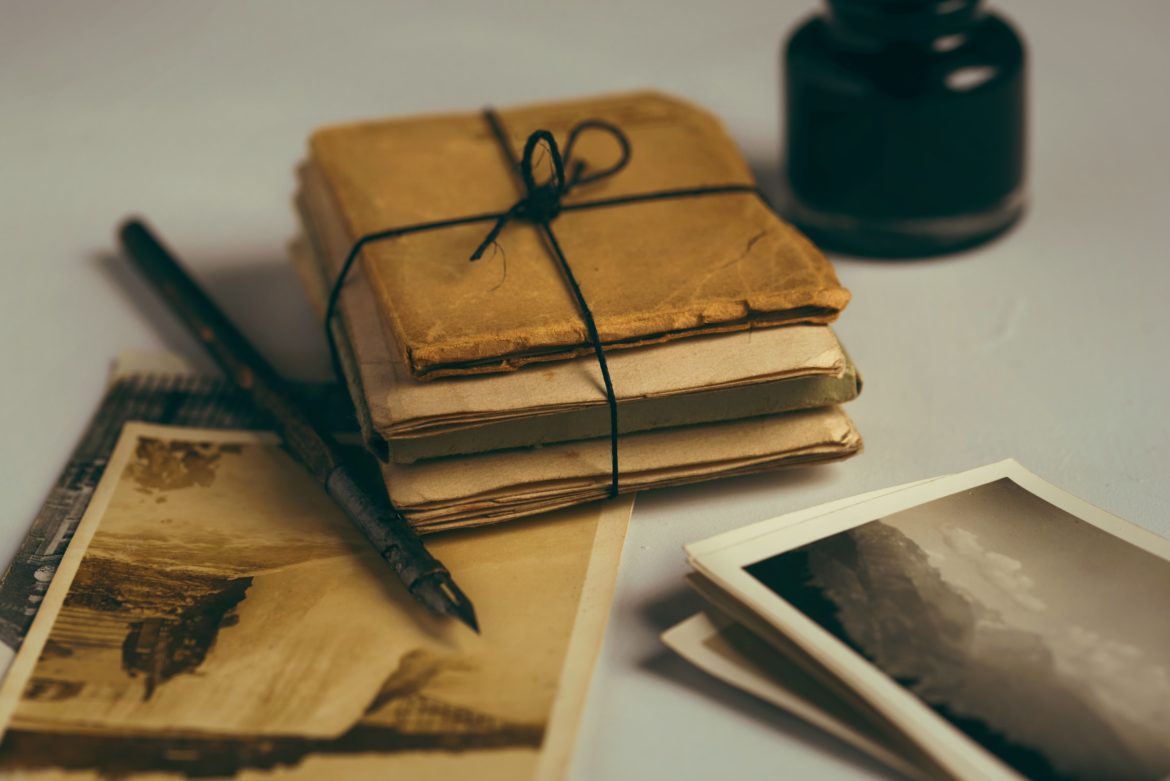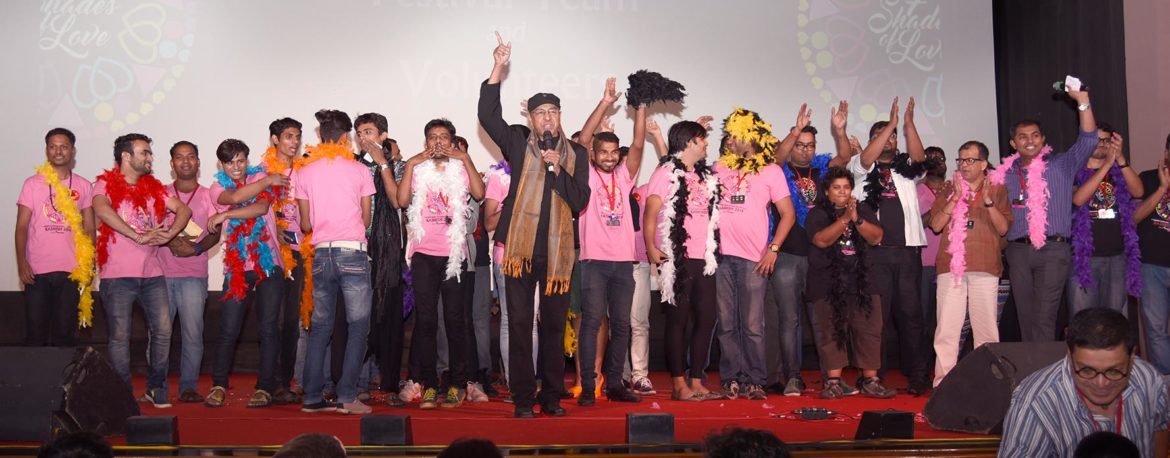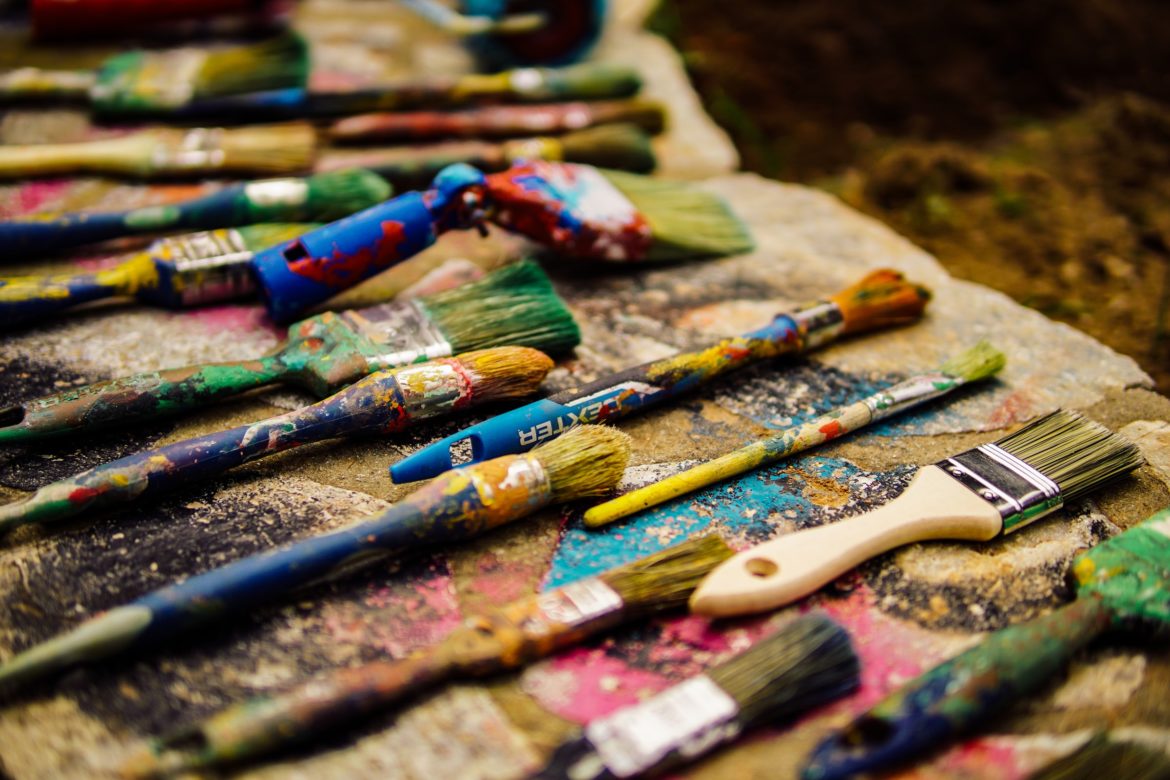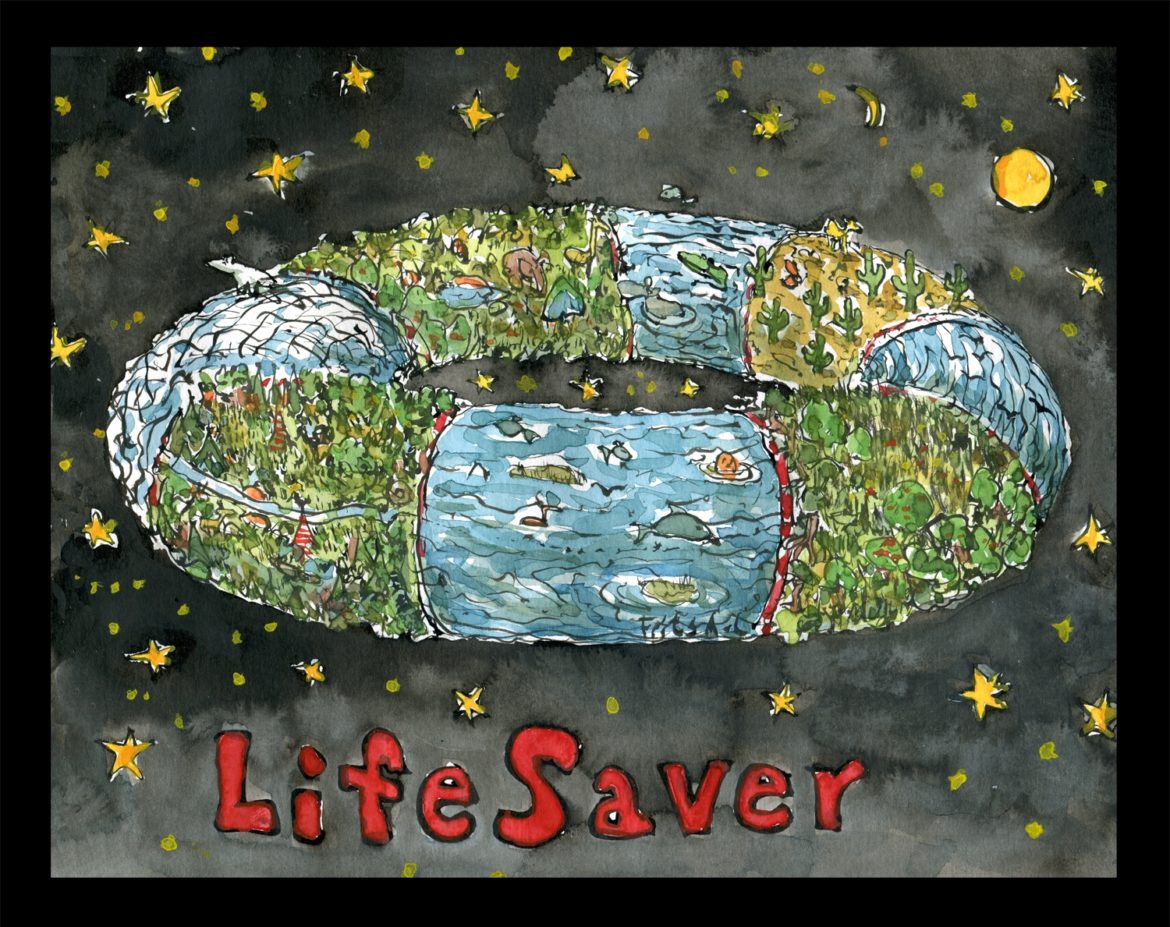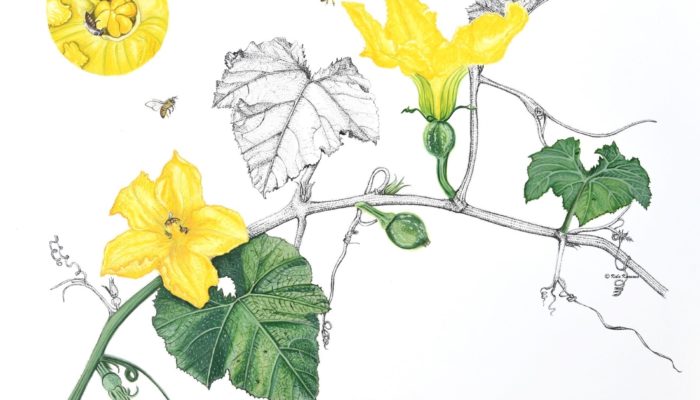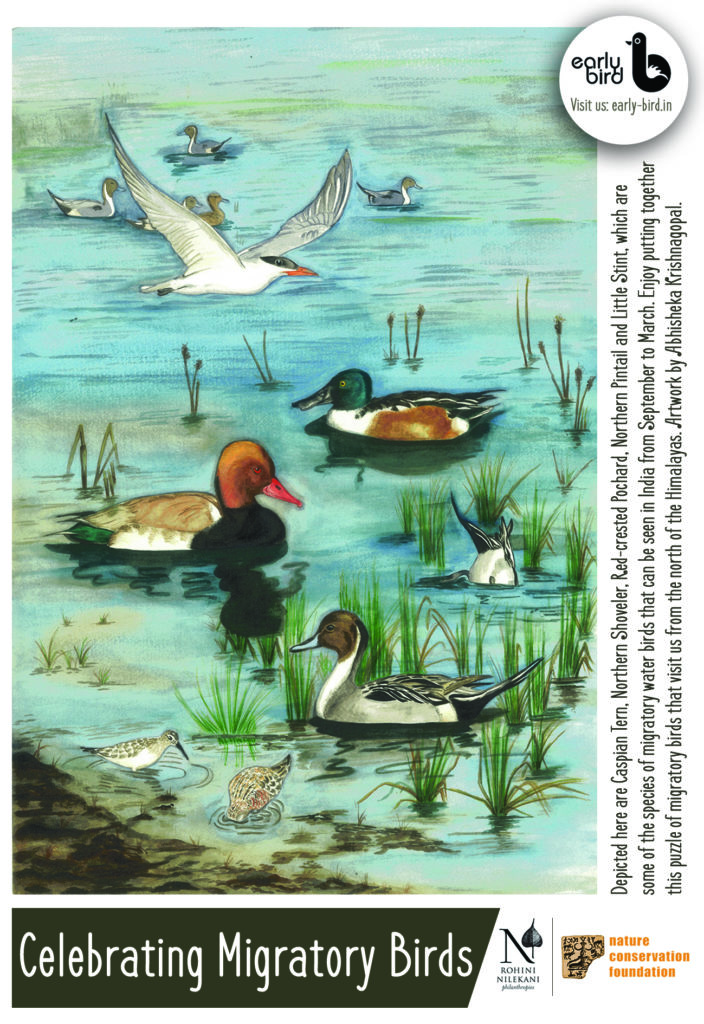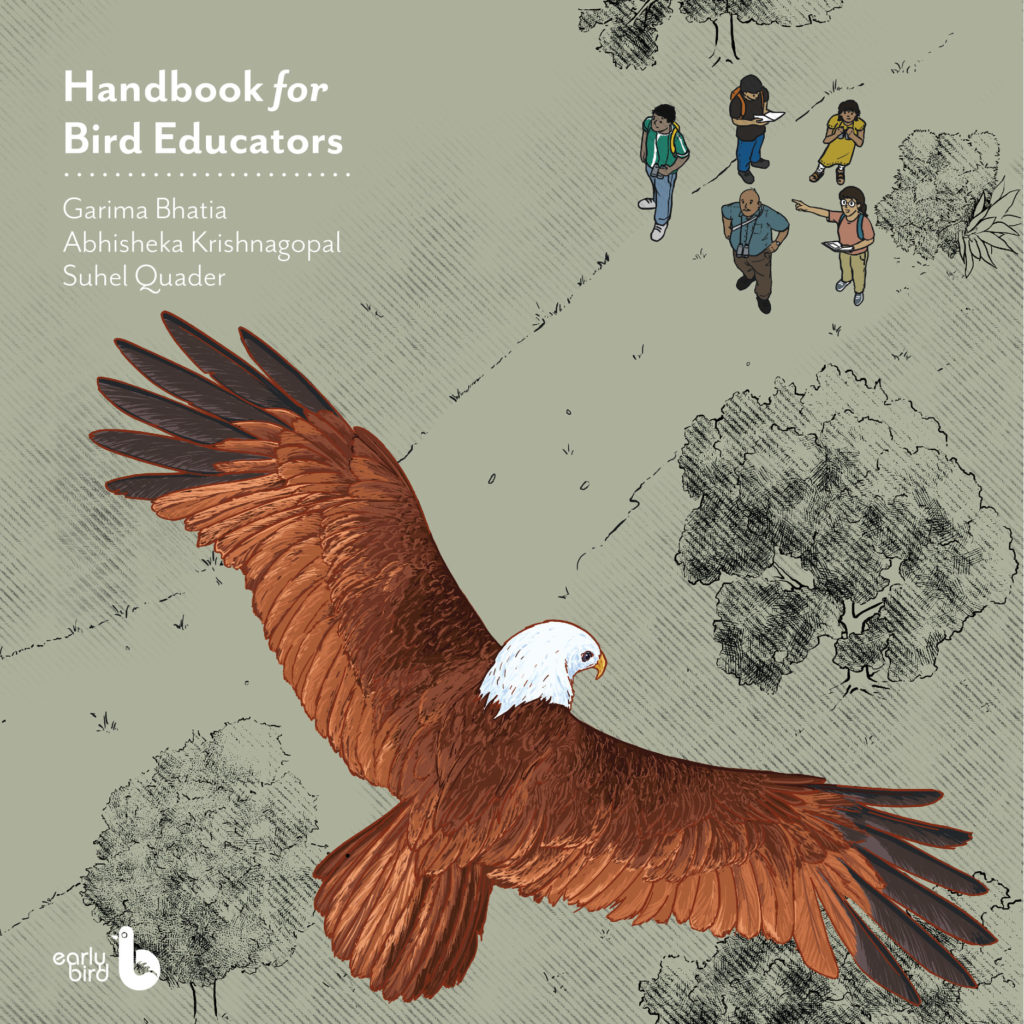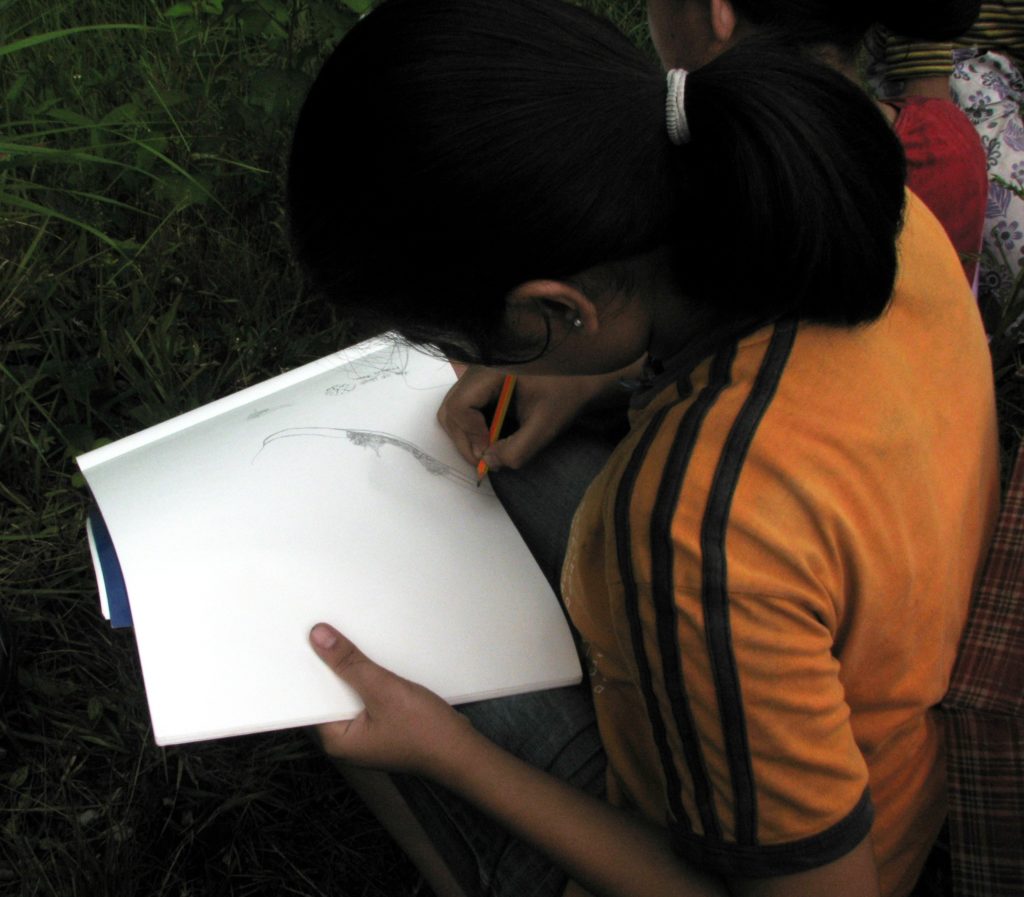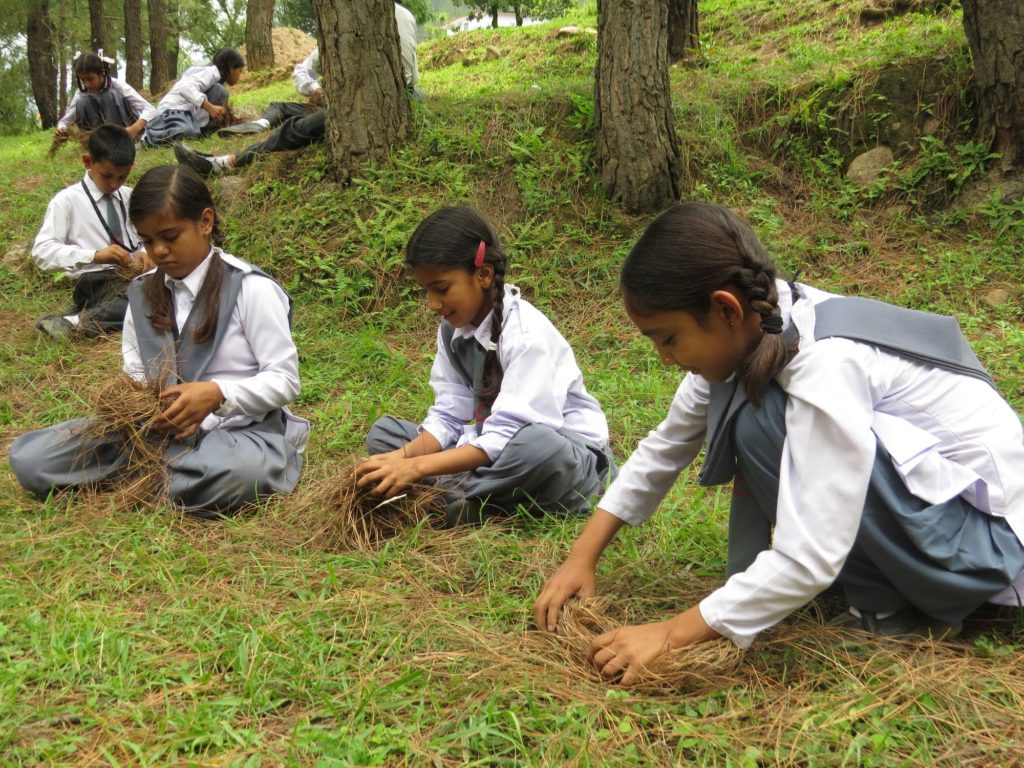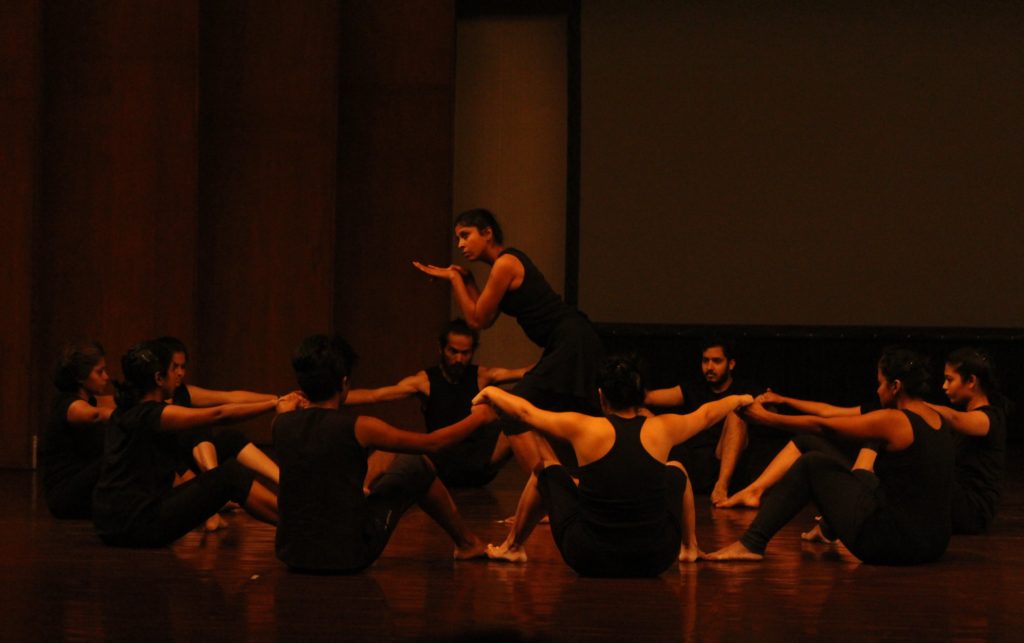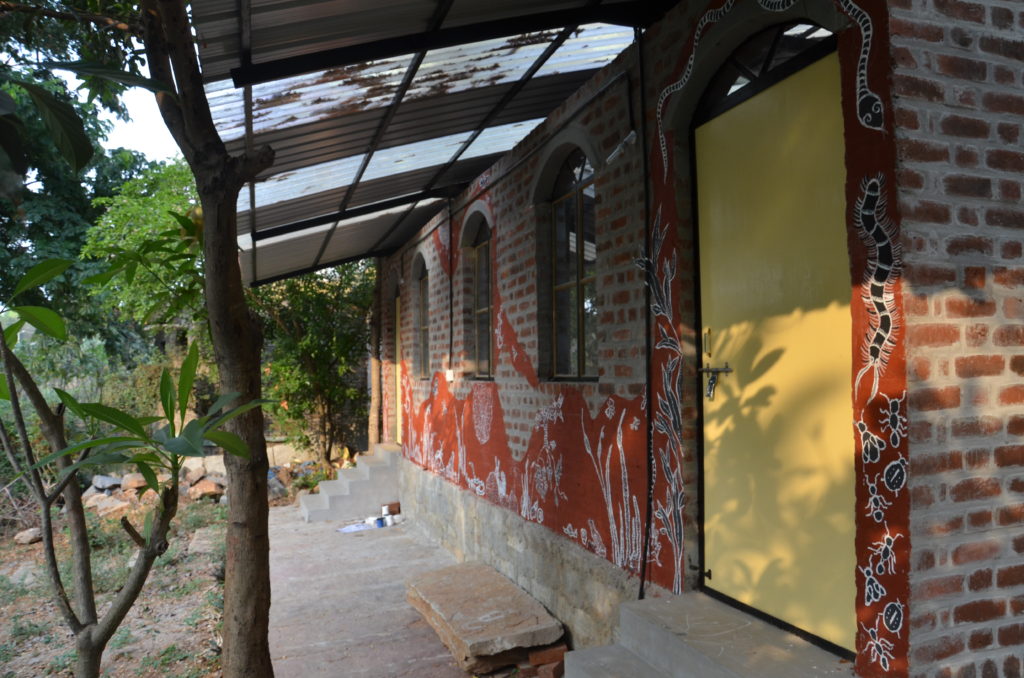Illustration by Rajat Patle
Through times immemorial, art, either in the form of expression or protest, has been an important medium for effecting social change. Whether it is through poetry, film, music, illustrations, etc., art has been used to rally people for social justice and for equality, whether related to religion, caste, gender, sexual orientation or wealth inequity, to name a few. While the methods may have changed from physical representations such as handwritten placards to virtual formats such as social media, the fundamental concept of using art to get your message across has not. In this first issue of Fundamatics this year, we explore how art has been used by some of our alumni to create social change.
Damayanti Bhattacharya provides a good overview of this issue’s theme in “Imagining a Better World”. In “Celebrate New Freedoms in Newly Free India”, Ali Baba, aka Prof. A.Q. Contractor, talks about the denigration of the four pillars of democracy in India, in his usual inimitable tongue-in-cheek style. In the ongoing “The Entrepreneurial Roller Coaster: Kashish”, Sridhar Rangayan talks about the challenges he faced in organizing India’s first LGBTQ+ film festival, Kashish. Yaquta Contractor and Pradnya J explore the use of lines, colors, and patterns in “Art for Arts’s Sake?”.
In “Bridging Biodiversity Conservation and Arts Practice”, Abhisheka Krishnagopal examines the importance of art in biodiversity conservation. We feature poetry by a regular contributor to Fundamatics, V. Sundar in “Authenticty”. In “My Second Home: The Mysterious Aghanistan”, Devashish Dhar talks about his experiences living in war-ravaged Afghanistan, and hopes that art and culture are not banned there again. And finally, illustrations are an important medium to highlight social issues; enjoy some by Prof. Arun Inamdar below!
We hope you enjoy this issue of Fundamatics. Happy New Year, dear readers… may 2022 be better than 2021 in every possible way.
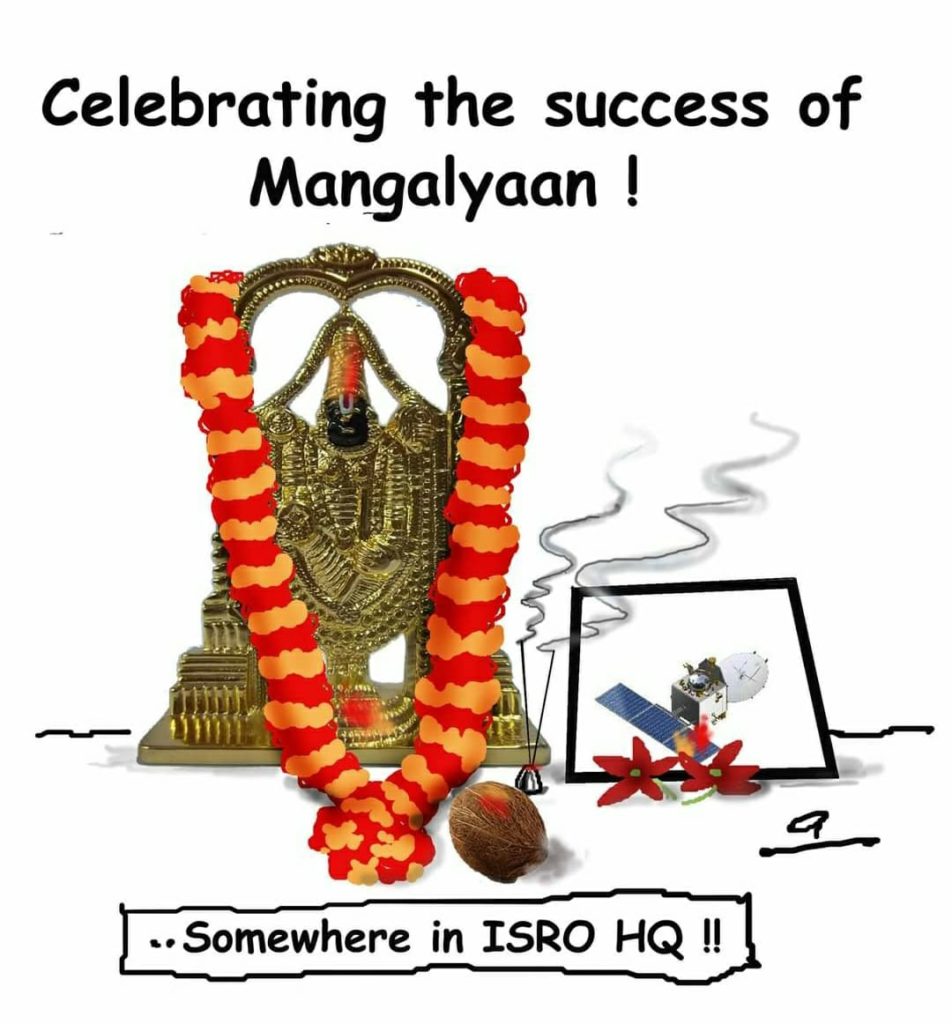
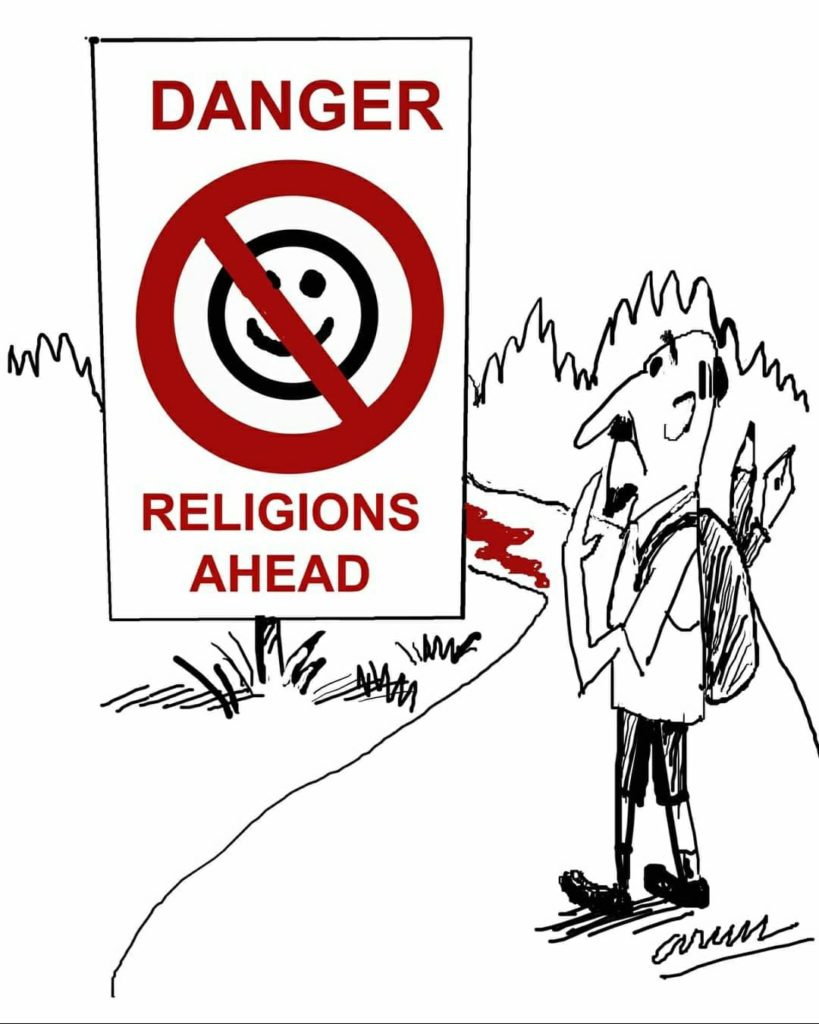
Artwork by Prof. Arun Inamdar


